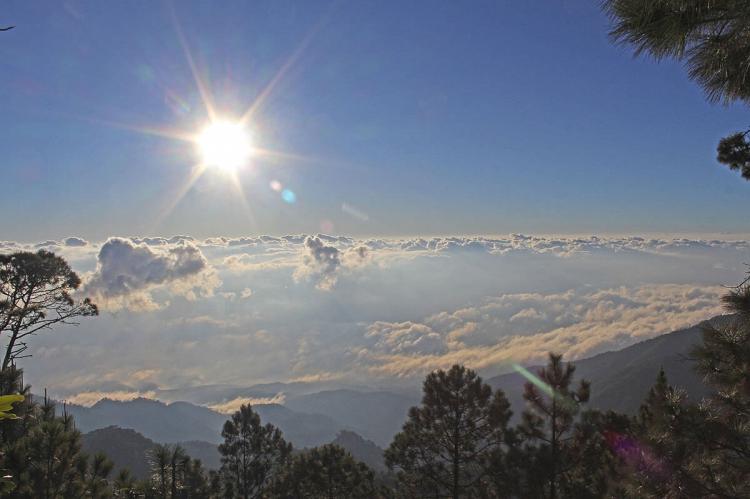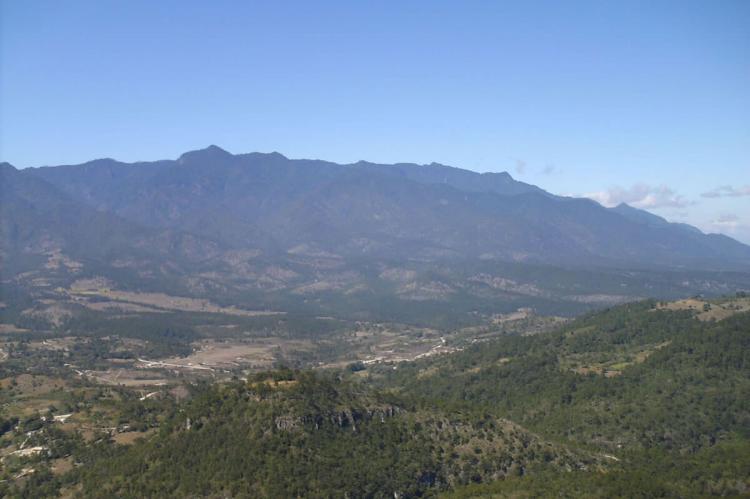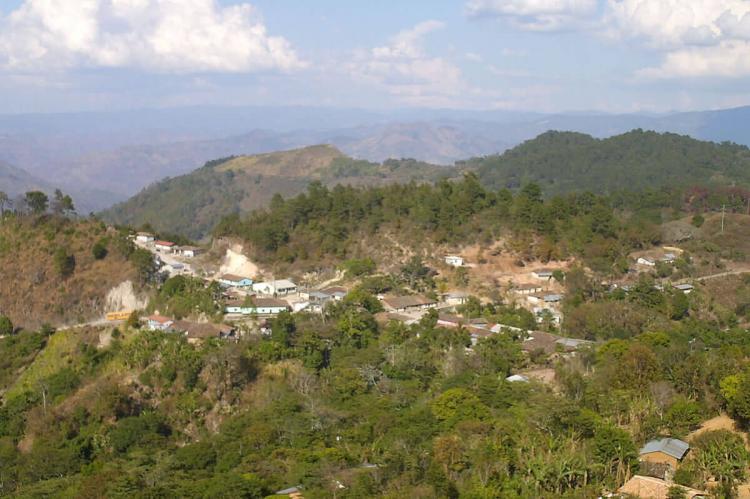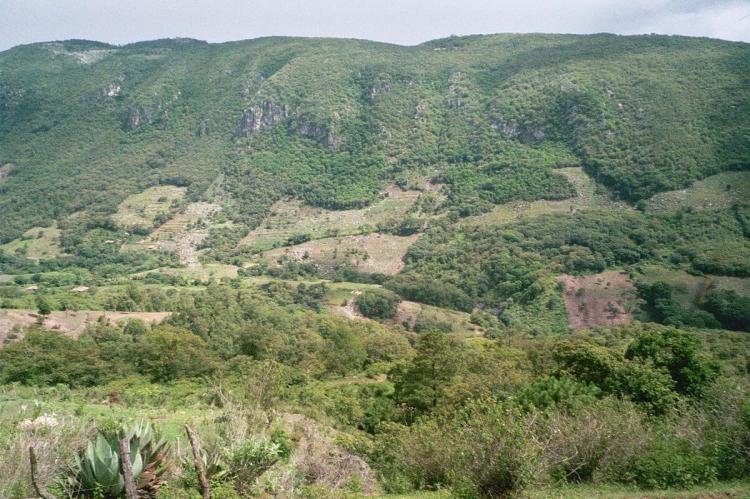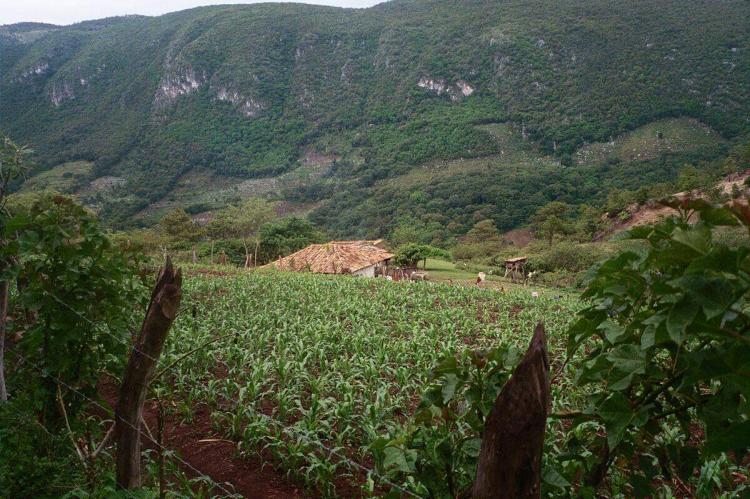Celaque National Park: Cacique Lempira - Señor de las Montañas Biosphere Reserve (Honduras)
Celaque National Park is part of the Cacique Lempira - Señor de las Montañas Biosphere Reserve located in the western part of Honduras. Its ecosystem is primarily cloud forest and includes Cerro las Minas, the highest mountain in Honduras.
Celaque National Park
Celaque National Park, located in western Honduras, was established in 1987 and covers an area of 26,630 ha (65,800 acres). It includes the tallest peak in Honduras: Cerro las Minas (or Pico Celaque), part of the Cordillera de Celaque mountain range.
The terrain in the National Park is very rugged: two-thirds of the area has a slope greater than 60 degrees and is classified as a cloud forest.
Nine rivers that flow through the National Park supply water to 120 villages nearby, including the district capital of Gracias.
Celaque National Park is high in biodiversity and is home to pumas, ocelots and Bolitoglossa celaque, an endangered plethodontid salamander found only in the mountains of Celaque.
Cacique Lempira - Señor de las Montañas Biosphere Reserve
The Cacique Lempira - Señor de las Montañas Biosphere Reserve, which includes Celaque National Park, is located in the western part of Honduras and covers a total area of 168,634 ha (416,703 acres).
The ecosystem is primarily humid tropical forest and mixed (pine-oak) forest. Part of the Biosphere Reserve has a highland landscape that includes the highest mountain in Honduras, Cerro las Minas, at 2,849 m (9,347 ft) in elevation.
Flora and Fauna
The Biosphere Reserve is home to over 940 species of flora, including endemics. The diversity of fauna includes 60 species of mammals, 32 species of reptiles, 22 species of amphibians, and 269 species of birds.
The Biosphere Reserve hosts a large number of endangered and endemic species. The high rate of endemism among wildlife has led Conservation International to designate the ecoregion an Endemic Bird Area (EBA).
Socio-Economic
There are over 150,000 inhabitants, mainly in the transition area, where most of the population is rural. The agricultural sector represents the bulk of the economic activity. The main crops are corn, beans and coffee.
The population living within the boundaries of the core and buffer zones primarily originated from the Lenca ethnic group. This indigenous group strongly influences cultural traditions, social organization, subsistence agriculture, and other forms of production.
